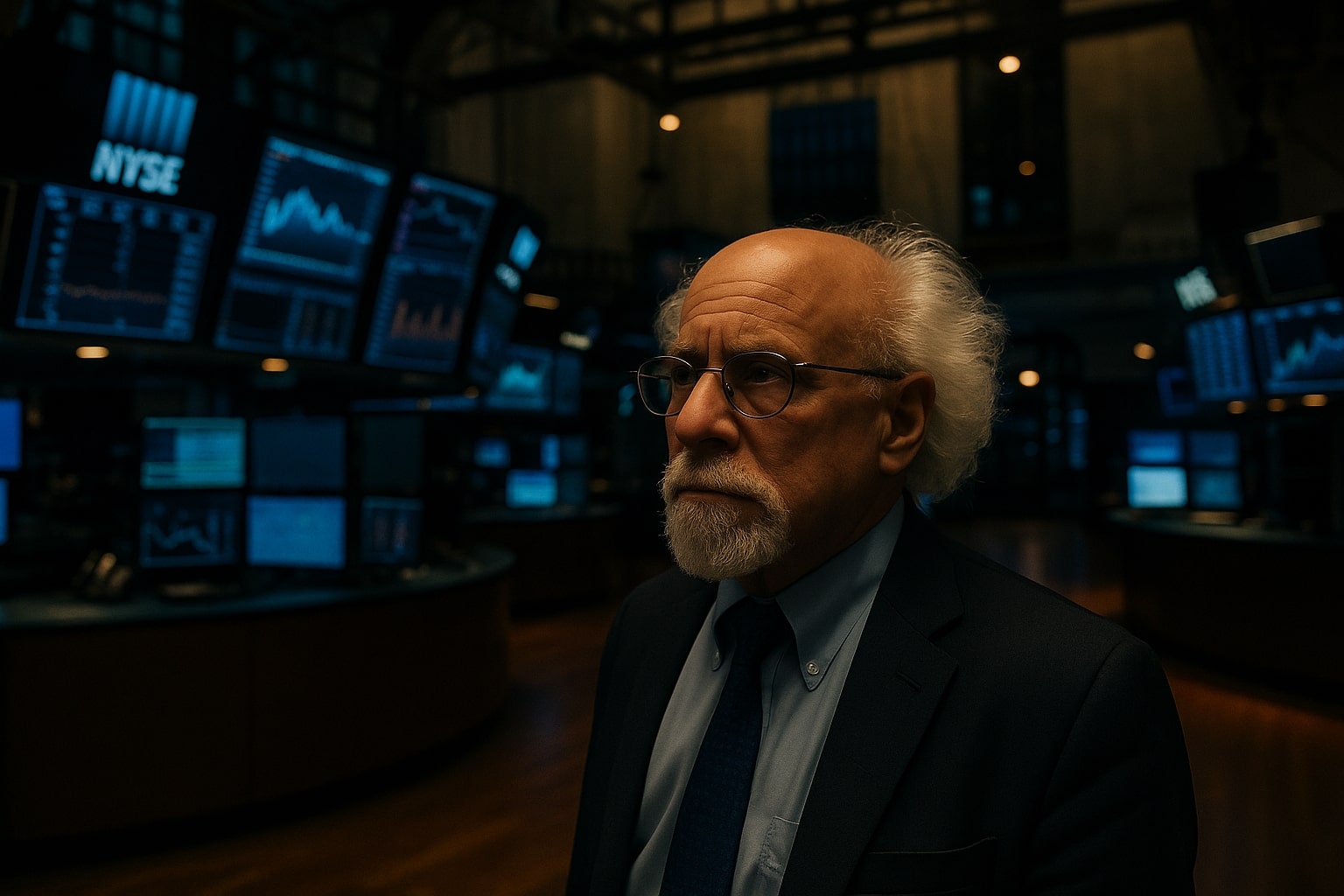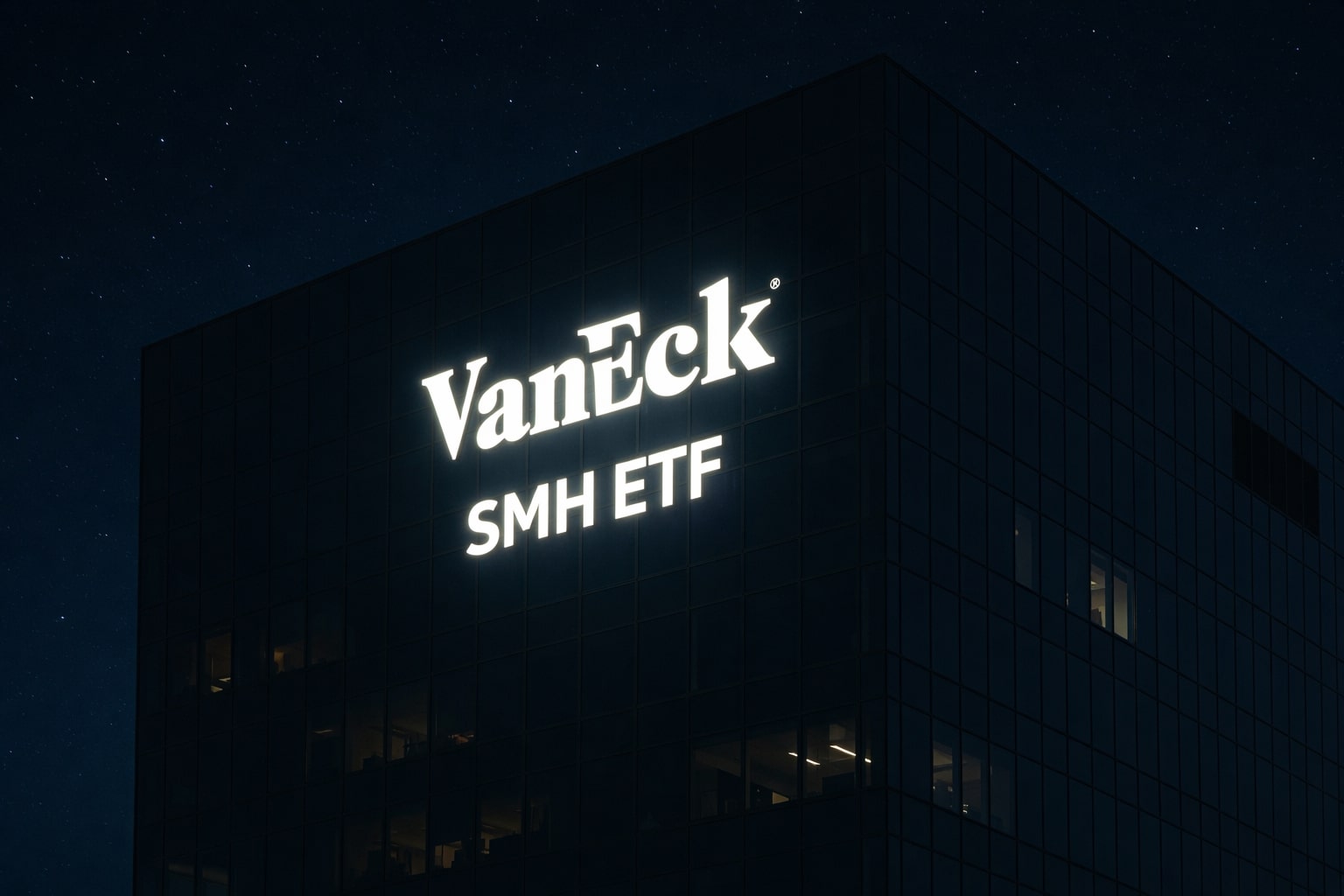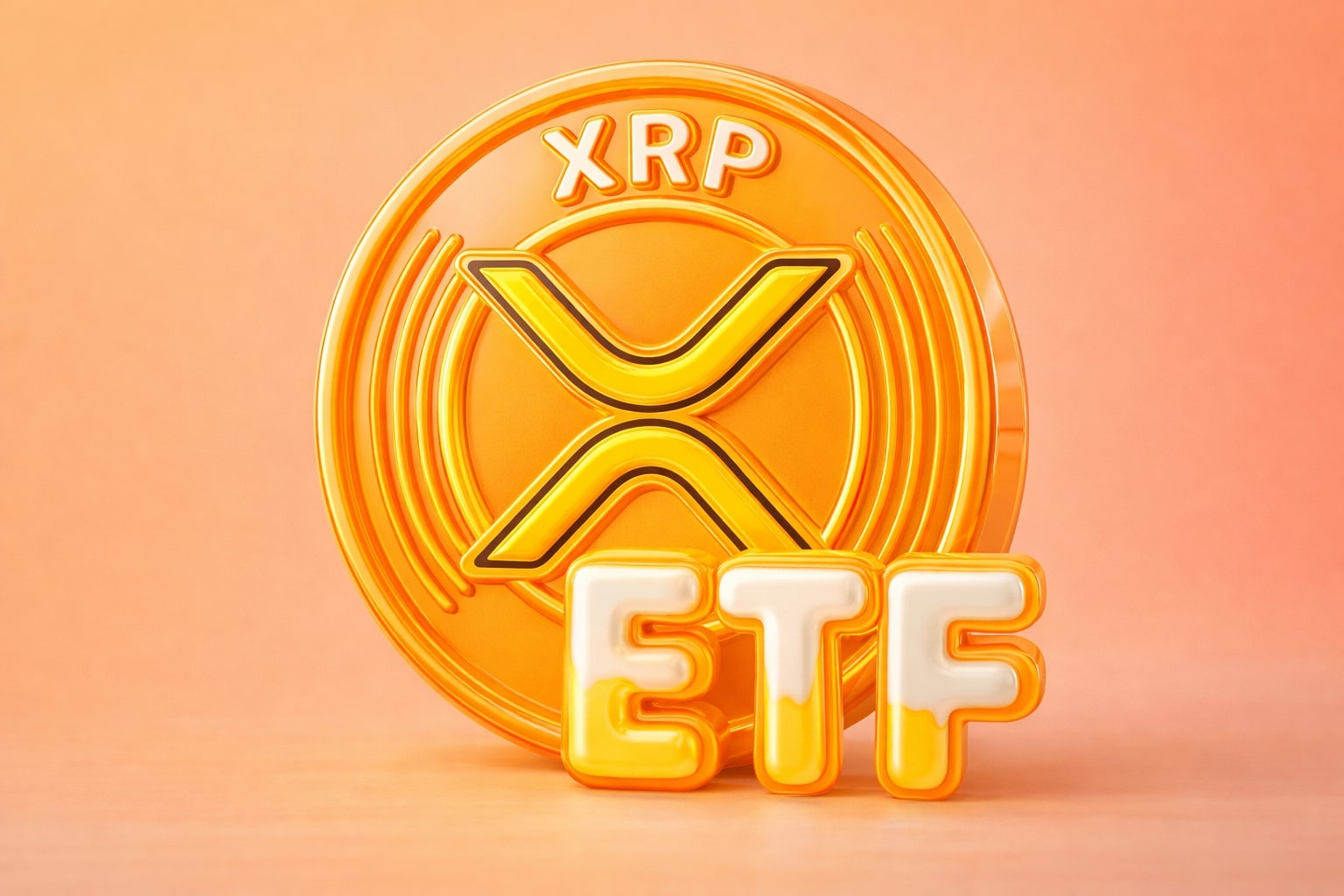The U.S. stock market wrapped up the week’s afterhours session on a strong footing, with the Nasdaq Composite (^IXIC) leading gains and closing at a record 21,450.02, up 0.98% for the day. The index hit an intraday high of 21,464.53, driven by mega-cap technology strength. The S&P 500 (^GSPC) climbed 0.78% to finish at 6,389.45, just a hair short of an all-time high, while the Dow Jones Industrial Average (^DJI) added 206.97 points, or 0.47%, to close at 44,175.61. The week’s performance was impressive: Nasdaq +3.9%, S&P 500 +2.4%, and Dow +1.4%, reflecting renewed appetite for growth stocks despite ongoing tariff and policy uncertainty.
Apple’s Historic Week on Tariff Tailwinds
Apple Inc. (AAPL) delivered its strongest weekly performance since July 2020, soaring 13% after announcing a $600 billion U.S. investment over four years. The move strategically aligns with President Trump’s 100% tariff on imported semiconductors, which exempts companies producing domestically. On Friday alone, Apple advanced 4.2% to $229.35, with afterhours pushing the stock to $229.99. Investors see the tariff exemption and domestic manufacturing ramp-up as a dual catalyst, both mitigating supply chain risk and enhancing long-term EPS potential. The magnitude of this week’s rally places Apple among the most influential drivers of the S&P 500 Tech Sector and Nasdaq 100 (NDX) gains.
Trade Policy Shock Absorbed by Large-Caps
At midnight Thursday, the U.S. implemented its steepest tariff regime since 1933, with rates as high as 41% on Syria and 40% on Laos and Myanmar. Market reaction was notably subdued compared to April’s correction when tariff headlines triggered the S&P 500’s sharpest one-day drop since 2020. This time, investors recognized that large-cap multinationals—especially in tech—possess the supply chain flexibility to absorb the shock. The One Big Beautiful Bill Act (OBBA) further offsets tariff costs, offering 100% bonus depreciation on qualified business property and immediate expensing for R&D. Analysts estimate this could lift free cash flow for hyperscalers by more than 30%, reinforcing the bullish stance on AI-driven capex leaders.
Earnings Season: Double-Digit Growth and Zero Tolerance for Misses
With 90% of the S&P 500 reporting Q2 results, EPS growth has surged 11.8% YoY, more than double the pre-season forecast of 5%. Over 80% of companies beat both revenue and earnings estimates. Yet the market’s patience has vanished—misses are punished severely, with average one-day declines of 7.4% compared to the five-year norm of 3.2%. Investors near record index levels are “agitated by anything short of perfect,” creating stark divergence between winners and losers.
Biggest Corporate Movers and Sector Standouts
-
The Trade Desk (TTD) collapsed 38.6% to $54.23 after CEO Jeff Green warned of weakening ad budgets from large brands affected by tariffs. Despite Q2 revenue of $694M (+19% YoY) beating expectations, slower growth than Meta (META) and cautious guidance triggered a mass sell-off.
-
Monster Beverage (MNST) gained 8.6% after record Q2 sales of $2B (+11.1% YoY) and confidence in offsetting 10% aluminum cost exposure through selective price adjustments. The stock sits near all-time highs and is +16% YTD.
-
Peloton (PTON) rose sharply on a Goldman Sachs upgrade to “Buy,” with a price target implying 61% upside to $11.50. Strong Q2 results and a revamped strategy under new leadership fueled optimism.
-
Expedia Group (EXPE) surged over 16% in afterhours trade after raising FY gross bookings growth to 3–5%, reporting Q2 EPS of $4.24 (+21% YoY) and $30.4B in gross bookings.
-
Gilead Sciences (GILD) spiked 8.2% after beating EPS forecasts and raising FY guidance to $7.95–$8.25, citing robust HIV drug sales.
-
SoundHound AI (SOUN) rocketed 26.4% on a 217% YoY revenue jump to $42.7M, driven by adoption in restaurants, healthcare, and automotive AI solutions.
-
AMC Networks (AMCX) leapt 21% after streaming revenue climbed 12% YoY, offsetting a decline in linear subscribers.
-
VanEck Gold Miners ETF (GDX) hit its highest level since 2011 at $58.13, up 73% YTD, bolstered by gold futures reaching $3,534.10.
Index Performance Divergence
While the Nasdaq 100 is +12.5% YTD and leading all major benchmarks, the Dow Jones is up just 4.21%, held back by value-heavy components. The Russell 2000 (RUT) gained 0.15% Friday to close at 2,221.01, up 2.21% for the week, but continues to lag as small caps remain more exposed to tariff and cost pressures. Financials, utilities, and technology were the best-performing S&P sectors this week, with utilities benefiting from rising power demand tied to data centers and AI infrastructure.
Commodity Markets React to Tariff Clarifications
Gold initially spiked on fears of a 39% U.S. tariff on Swiss 1kg bars, only to reverse when the White House clarified imports would be exempt. Spot gold settled at $3,398.41 (+0.04%), while futures retained a record weekly close. Oil prices were steady, but traders remain focused on OPEC+ production signals and potential shifts in Chinese and Indian demand.
Macro Backdrop and Rate Outlook
U.S. GDP growth projections for 2025 have been cut to 1.5% from 2.3%, yet the S&P 500 has rallied nearly 30% from April lows—one of the sharpest four-month non-recession rallies in decades. Treasury yields drifted higher this week, with the market still assigning a 95% probability to a Fed rate cut in September. Policymakers like St. Louis Fed President Alberto Musalem emphasized full employment conditions but warned inflation risks remain.
Wall Street’s Week Ends With Nasdaq at All-Time Highs
Friday’s afterhours close capped a week where the Nasdaq Composite (^IXIC) cemented its role as the market’s momentum engine, climbing 0.98% to 21,450.02 and setting a fresh intraday record at 21,464.53. The S&P 500 (^GSPC) advanced 0.78% to 6,389.45, finishing just shy of its all-time high, while the Dow Jones Industrial Average (^DJI) added 206.97 points, or 0.47%, to end at 44,175.61. The rally was broad but skewed toward technology and growth stocks. Weekly gains stood at Nasdaq +3.9%, S&P 500 +2.4%, Dow +1.4%, while the Russell 2000 (^RUT) added 2.21% over the same period.
Apple’s Multi-Billion-Dollar Bet on U.S. Manufacturing
Apple Inc. (AAPL) led the charge, rallying 13% over the week—its strongest since mid-2020—after unveiling a $600 billion, four-year U.S. investment plan. The commitment directly aligns with President Trump’s newly imposed 100% semiconductor import tariff, which exempts domestic production. Apple’s exemption shields its high-margin hardware line from cost shocks, while bolstering U.S. job creation narratives. Shares closed Friday at $229.35 (+4.24%) and extended slightly higher afterhours to $229.99. Investors are pricing in improved earnings stability, potential tax incentives from the One Big Beautiful Bill Act (OBBA), and reduced supply chain vulnerability.
Tariffs at Century Highs, but Markets Hold
The U.S. tariff regime, now at its most restrictive since 1933, imposes rates up to 41% on Syria and 40% on Laos and Myanmar. The reaction contrasts sharply with April’s tariff shock, which saw the S&P 500 plunge into correction territory. This resilience reflects market confidence in large-cap adaptability. The OBBA’s accelerated depreciation and immediate R&D expensing could boost free cash flow for AI-heavy hyperscalers—some estimates put the uplift at 30%—countering trade cost headwinds.
Earnings Season: Strength with Selective Punishment
With 90% of S&P 500 constituents having reported, Q2 EPS growth stands at 11.8% YoY, tripling pre-season expectations. Over 80% beat on both revenue and earnings. However, the market’s reaction function has tightened: companies missing on any metric suffered average one-day drops of 7.4%, well above the 3.2% five-year average. At current valuation levels—forward P/E of 22.1 vs. a 5-year average of 19.9—the market is rewarding flawless execution and penalizing even minor missteps.
Corporate Highlights: Leaders and Laggards
-
The Trade Desk (TTD): Plummeted 38.6% to $54.23 after CEO Jeff Green cited weakening ad budgets from multinational clients under tariff pressure. Q2 revenue of $694M (+19% YoY) beat expectations, but slower growth than Meta (META) and cautious guidance rattled investors.
-
Monster Beverage (MNST): Gained 8.6% on record quarterly sales of $2B (+11.1% YoY), driven by core brand momentum and international expansion. Management plans selective U.S. price hikes to offset 10% aluminum cost exposure.
-
Peloton (PTON): Jumped after a Goldman Sachs upgrade to “Buy” with a $11.50 target, projecting 61% upside. Strong Q2 results and new monetization strategies support a turnaround narrative.
-
Expedia Group (EXPE): Surged 16% post-close after raising FY gross bookings growth to 3–5% from 2–4%. Q2 bookings hit $30.4B (+5% YoY) and EPS rose 21% to $4.24, beating estimates.
-
Gilead Sciences (GILD): Rose 8.2% after exceeding EPS forecasts and hiking FY guidance to $7.95–$8.25, citing robust HIV treatment sales.
-
SoundHound AI (SOUN): Exploded 26.4% higher after Q2 revenue soared 217% YoY to $42.7M, with traction in restaurant, healthcare, and automotive AI applications.
-
AMC Networks (AMCX): Rallied 21% as streaming revenue jumped 12% YoY, offsetting declines in linear TV subscriptions.
-
VanEck Gold Miners ETF (GDX): Hit $58.13, its highest since 2011, now up 73% YTD as gold futures touched $3,534.10 on tariff concerns.
Index Divergence and Sector Rotation
The Nasdaq 100 (NDX) leads all major benchmarks at +12.5% YTD, powered by AI, cloud, and semiconductor exposure. The Dow’s +4.21% YTD reflects value-sector underperformance, while the Russell 2000 remains hampered by small-cap tariff sensitivity despite its 2.21% weekly gain. Sector-wise, technology, utilities, and financials led the S&P 500 this week—utilities benefiting from AI-driven data center demand, and financials from a lighter regulatory climate boosting M&A and shareholder returns.
Commodities: Gold Clarification Calms Spike
Gold spiked on initial fears of a 39% U.S. tariff on Swiss 1kg bars before reversing when the White House clarified imports would be exempt. Spot gold settled at $3,398.41 (+0.04%), holding near record highs. Oil traded steady, with traders watching OPEC+ production policy and tariff-related demand shifts in Asia.
Macro Landscape: Slower Growth, Strong Markets
U.S. GDP forecasts for 2025 have been cut to 1.5% from 2.3%, but the S&P 500 is up nearly 30% since April lows—a rare four-month surge outside recessionary periods. Treasury yields edged higher as rate cut odds for September stayed near 95%. St. Louis Fed President Alberto Musalem stressed full employment conditions while warning inflation risks remain elevated, supporting a cautious pace of monetary easing.
Afterhours Movers Worth Watching
-
Block (SQ): +6% afterhours as full-year gross profit guidance was raised to $10.17B, with Q2 growth led by Cash App (+16% YoY gross profit) and Square (+11%).
-
Expedia (EXPE): Gains extended from regular session, with investor focus on U.S. travel rebound momentum.
-
Sweetgreen (SG): -25% after lowering FY guidance despite revenue growth, underscoring pressure on fast-casual margins.
Buy / Sell / Hold Outlook
-
S&P 500 – Hold: Earnings momentum is strong, but valuations are stretched; risk/reward balanced short term.
-
Nasdaq 100 – Buy: Tech leadership, AI capex cycle, and tariff resilience support upside, though volatility risk remains.
-
Dow Jones – Hold: Lagging performance but potential catch-up if rate cuts materialize and value sectors rotate back in favor.
-
Russell 2000 – Sell: Tariff and cost pressures disproportionately impact small caps; underperformance likely to persist.
-
AAPL – Buy: Tariff exemption, U.S. manufacturing expansion, and capital allocation capacity point to multi-year EPS support.
-
TTD – Sell: Tariff-exposed client base and competitive pressures weaken growth narrative.
-
MNST – Buy: Strong pricing power, international growth, and cost mitigation strategies keep momentum intact.
-
SOUN – Speculative Buy: High growth trajectory in emerging AI verticals, but profitability timeline still a risk.
That's TradingNEWS



















